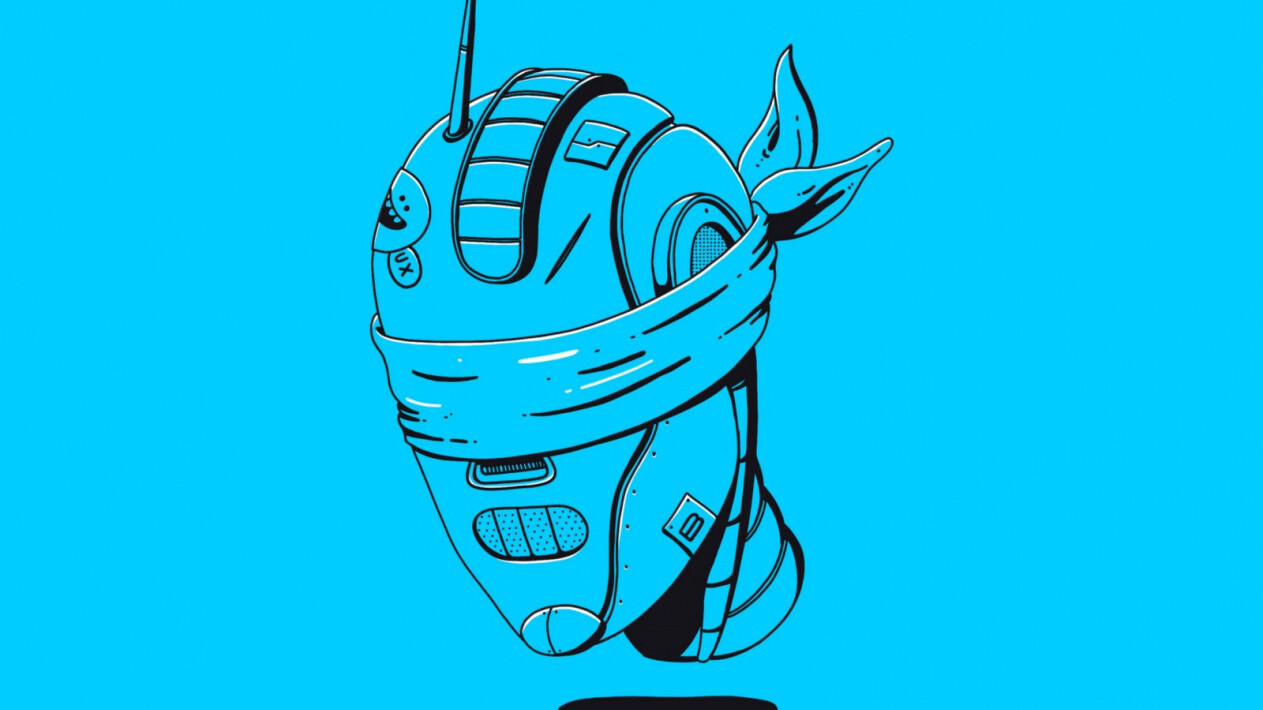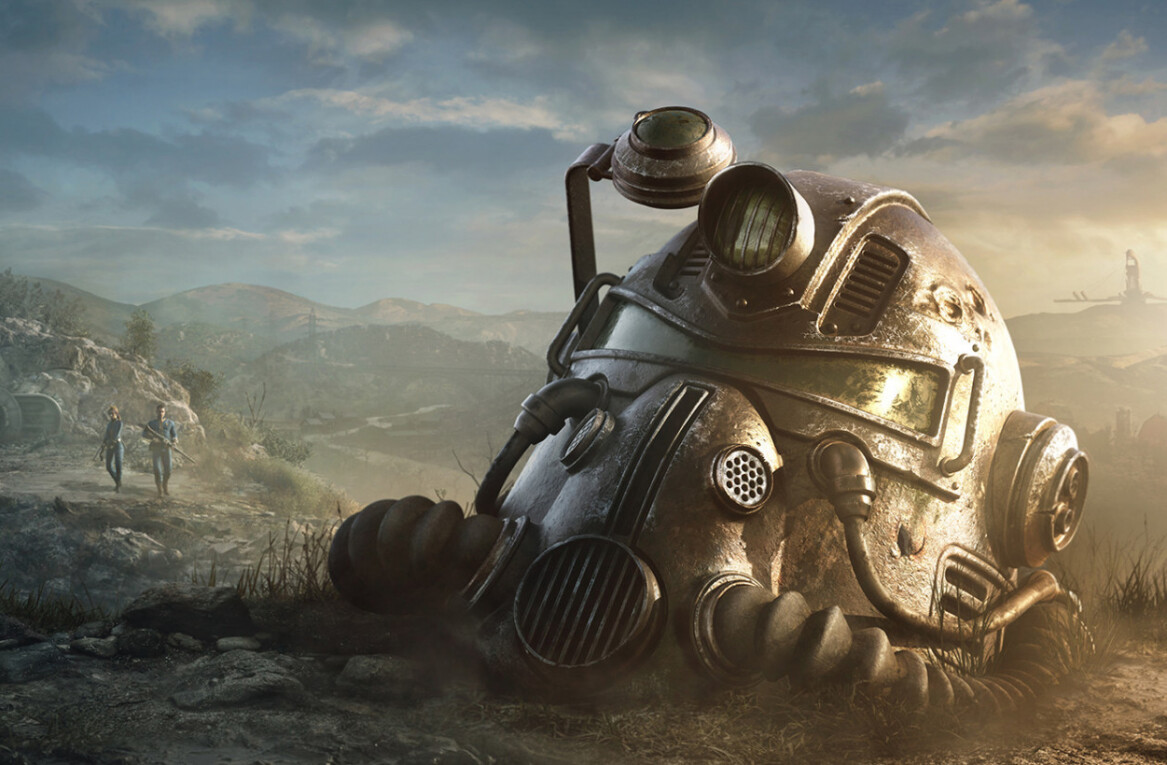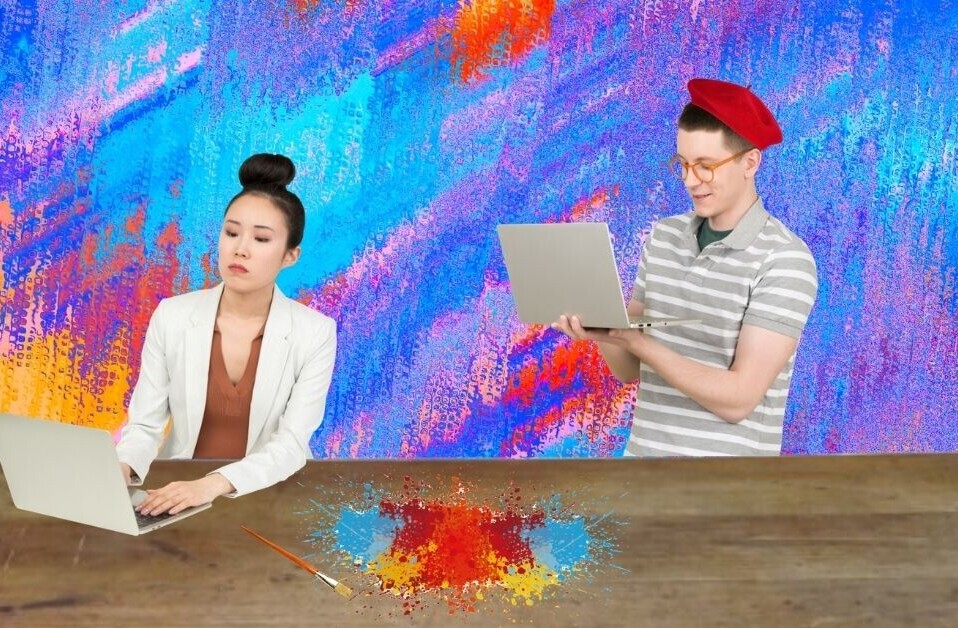Less than a decade ago, branding style guides used to be a huge PDF covering multiple visual aspects of a brand, such as typography, colors, and photography.
When digital came about, style guides started to account for pixel-based touchpoints between brand and consumer, including things like header styles, grid systems, and more detailed interaction design patterns.
Over the years, they have continuously evolved. Static PDFs were not appropriate for representing hover states, animations, drags and drops, and other user interactions anymore.
In the past couple years, we started creating living design systems, covering interface behaviors that can only be represented in real code — such as motion, responsiveness, transitions and accessibility features.
What is going to happen to branding as we move into a world of invisible interfaces?
Interfaces are gradually becoming invisible as we move toward a world of Zero UI. Screens will start to go away, and interactions will primarily happen via voice, gestures, glances, or even by thought. Branding means a lot more than just visuals these days.
In 2018 we expect to see branding taking other forms, in particular:
- Voice. Google Assistant’s tone of voice, timbre, speech cadence, all had to be designed — as much as Google’s logo, brand colors, or screen-based interaction patterns used in its sites and apps. The experiences we design are quickly expanding to voice-based channels, and we have to make sure they feel like coming from the same brand.
- Personality. With the growth of chatbots and other text-based interfaces, the words chosen by a brand have a huge impact on how people perceive and interact with the company. The concept of tone of voice has expanded to include other aspects of a brand’s behavior and personality, from the jokes it makes to the emojis it uses.
- Action. When Airbnb decides to ban alt-right users from its platform who were organizing an extremist rally in Charlottesville, US, people admired the brand more. Same thing when it exempts service fees for people offering shelter after natural disasters. The actions a brand takes through its products will have more impact than the way it looks or what it communicates in mass media. As any other type of branding, actions taken by brands have to be coherent and consistent with the brand’s beliefs, design principles, and mission in the world.
But wait, why would UX designers have to worry about branding?
As designers of experiences, we are frequently looking at the brand’s ecosystem in a holistic way, to ensure its customers can frictionlessly transition from one channel to another. Whether you are accessing the brand’s website, downloading their app, watching a TV commercial or simply reading a story in the news, all these moments are adding up to the experience you have with a brand.
It doesn’t matter how usable your app UI is if your customer service team is rude to people over the phone. For users, it’s all coming from the same brand.
Now, more than ever, the efforts of the design team have to be orchestrated with efforts from marketing, PR, customer service, and other teams within your organization. Our discipline can be the glue that connects these experiences together, given our ability to look at journeys from the perspective of the user, regardless of the channel they are using.
Have you considered inviting your brand and marketing peers to your next design review?
Get the TNW newsletter
Get the most important tech news in your inbox each week.





